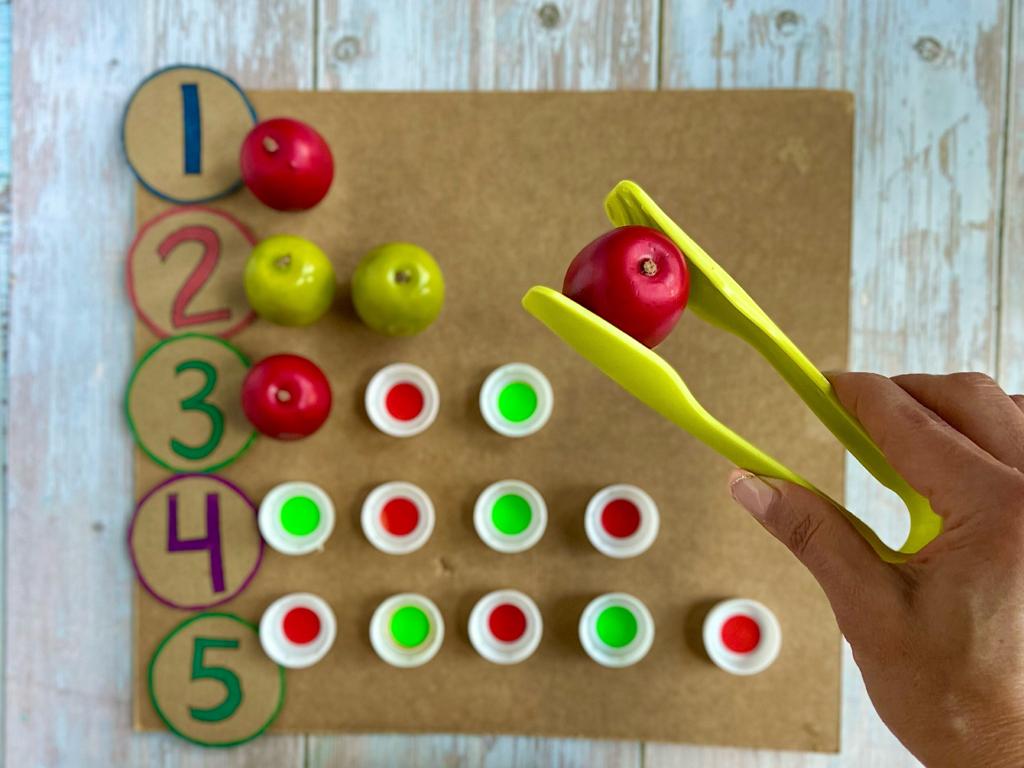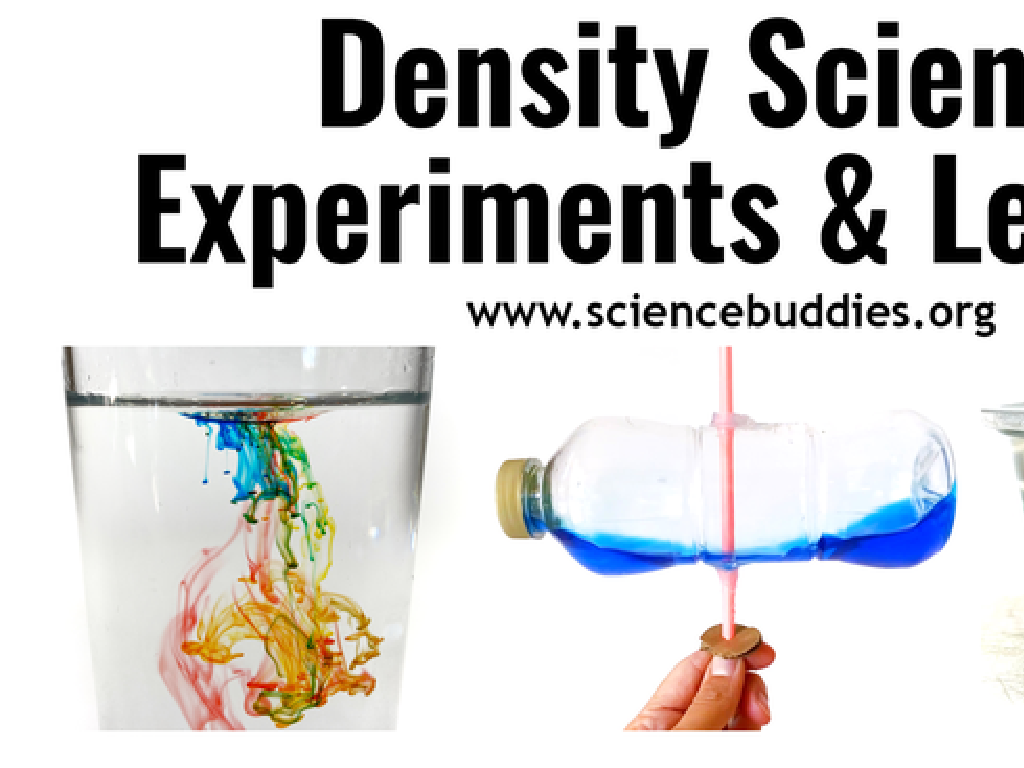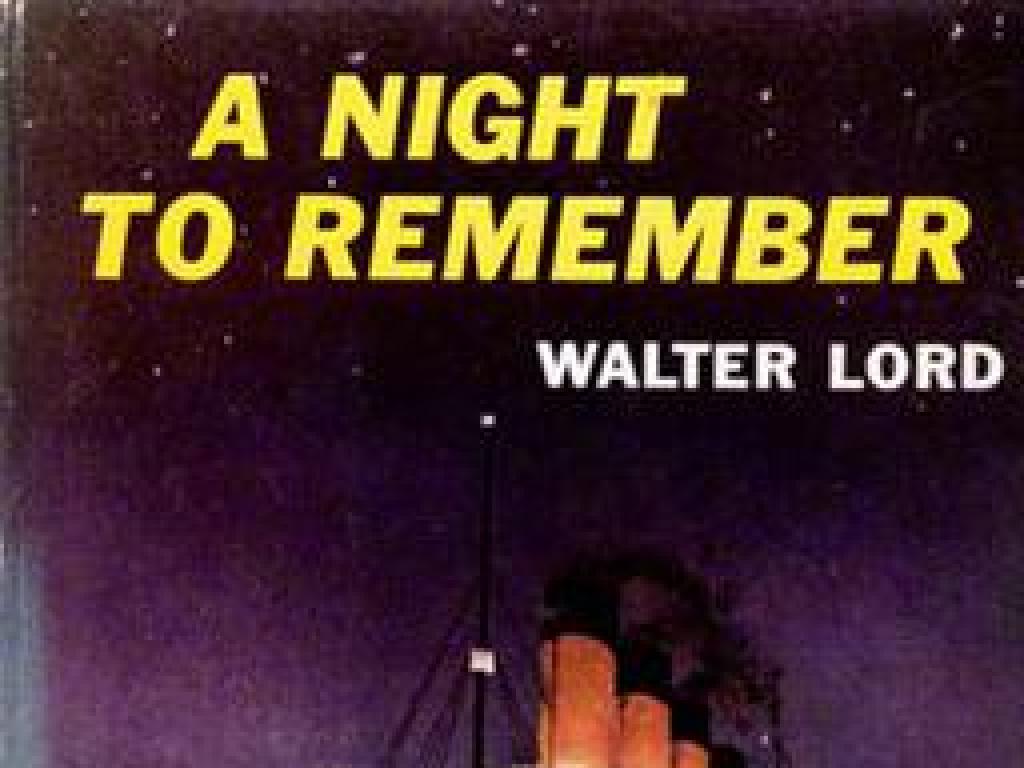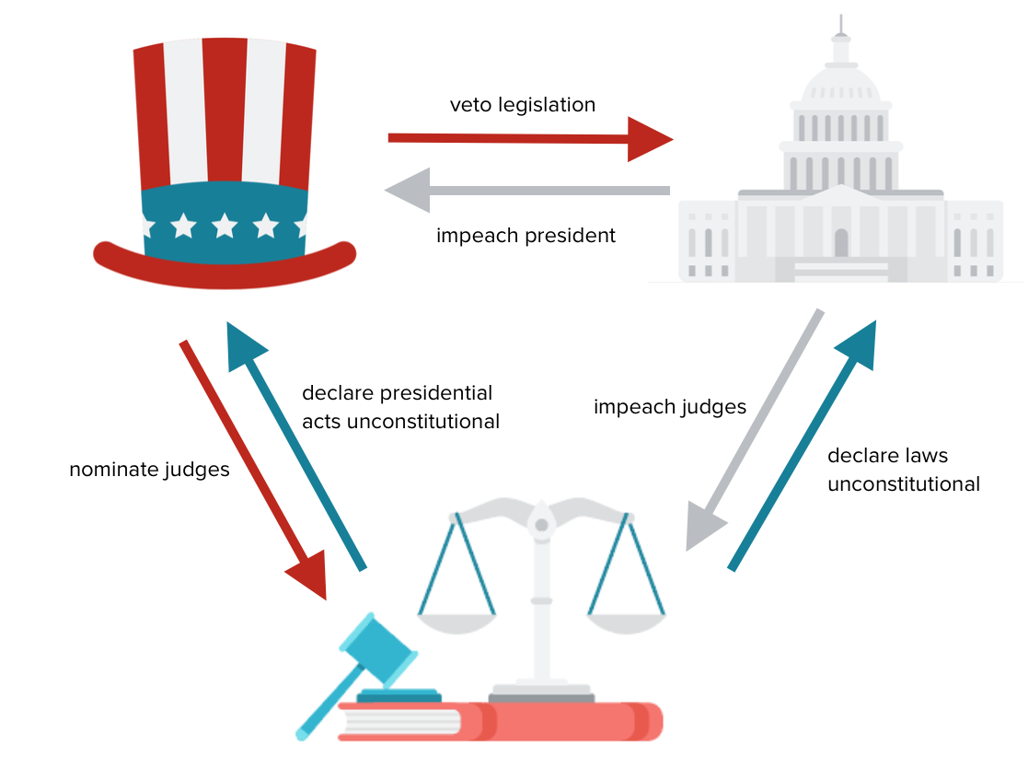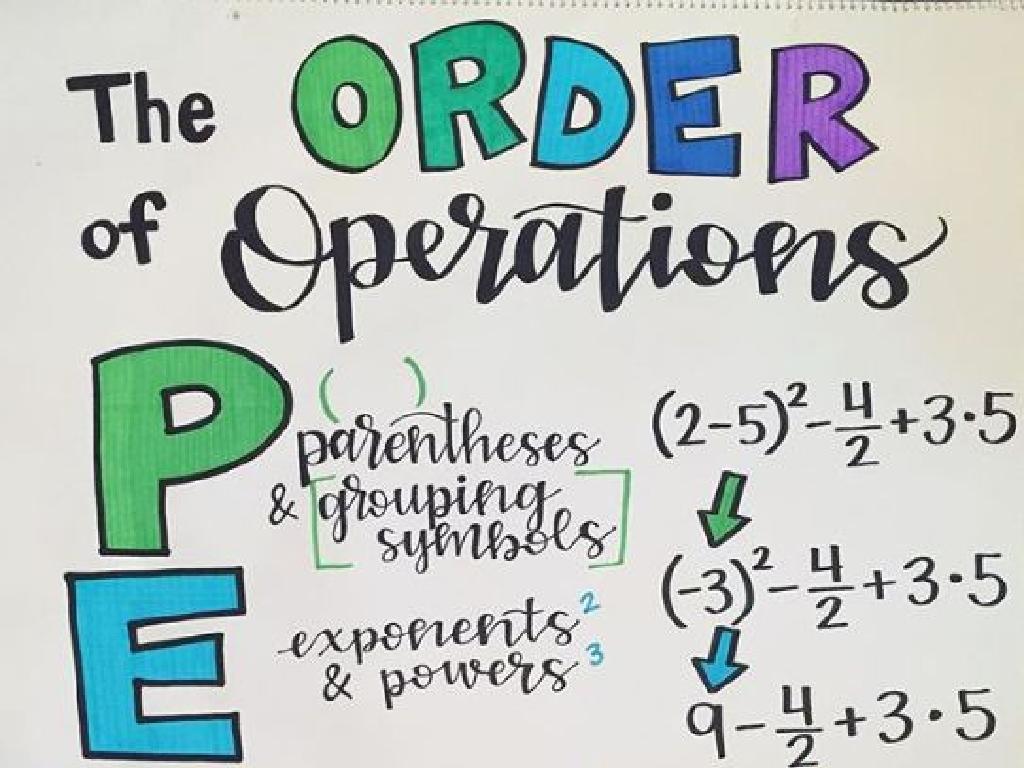Complete The Word With The Right Initial Consonant Blend
Subject: Language arts
Grade: Kindergarten
Topic: Consonant Blends And Digraphs
Please LOG IN to download the presentation. Access is available to registered users only.
View More Content
Welcome to Consonant Blends!
– Greet our Super Readers
– Today’s focus: Consonant blends
– Blends are special sounds made by two letters
– Two letters make one sound
– Like ‘bl’ in ‘block’ or ‘st’ in ‘star’
– Practice makes perfect
– We’ll play games to learn these sounds
|
This slide introduces the concept of consonant blends to Kindergarten students, who are referred to as ‘Super Readers’ to make the learning process fun and engaging. Consonant blends are combinations of two consonants that are pronounced together, such as ‘bl’ in ‘blue’ or ‘st’ in ‘stop’. The goal is to help students recognize these blends in words and understand that they create a single sound. Activities should include games and exercises where students practice identifying and saying consonant blends. Encourage participation and provide positive reinforcement to build confidence in their reading skills.
Learning Consonant Blends
– What are consonant blends?
– When two consonants like ‘bl’ in ‘block’ are together, they make a blend.
– Consonants keep their sounds
– In ‘flap’, ‘f’ and ‘l’ are both heard.
– Blending sounds makes words
– We say ‘gr’ in ‘grape’ fast to read the word.
– Practice with examples
– Try ‘sn’ in ‘snack’ and ‘cr’ in ‘crab’.
|
Introduce the concept of consonant blends to the students by explaining that when certain consonants come together, they each keep their own sound, but are pronounced together to form a part of a word. Use visual aids and examples to demonstrate how to blend the sounds. Encourage the children to practice with simple words and provide guidance on how to articulate each sound before blending them. This will help them recognize and read new words independently. Include interactive activities where students can practice identifying and saying blends with classroom objects or pictures.
Listening to Blends
– Listen to words with blends
– Teacher says: block, frog, stop
– ‘bl’ in block, ‘fr’ in frog, ‘st’ in stop
– Find the blend sounds
– Blends are at the start of these words
– Can you hear the initial blends?
|
This slide is designed to help students recognize and understand initial consonant blends in words. Start by explaining that blends are when two or more consonants are combined and each sound can be heard. Pronounce each word clearly and repeat if necessary, emphasizing the initial blends. Ask the students to repeat the words after you, trying to identify the blends themselves. Encourage them to practice with different words and to listen for the distinct sounds that each consonant in the blend makes. This activity will enhance their phonemic awareness and help them in reading and spelling words with consonant blends.
Practice Time: Guess the Blend!
– Look at the picture and think
– What sound does it start with?
– Guess the consonant blend
– Use the picture clues to find the blend
– Example: ‘tr’ for tree
– ‘tr’ as in tree, ‘bl’ as in block
|
This slide is for a class activity where students will practice identifying initial consonant blends using visual aids. Display pictures of objects that start with different consonant blends. Encourage the children to say the name of the object out loud and listen for the starting sound. Guide them to guess the correct consonant blend that matches the sound. For example, show a picture of a tree and help them hear the ‘tr’ blend at the beginning. Provide immediate feedback and praise for correct answers, and gently correct and explain any mistakes. This activity helps reinforce phonemic awareness and the ability to differentiate between sounds at the beginning of words.
Matching Game: Consonant Blends
– Play a fun matching game
– Match pictures to consonant blends
– Find the blend that matches the picture’s starting sound
– Drag blends to the correct pictures
– Use your mouse or finger to move the blends
– Learn initial consonant sounds
|
This interactive slide is designed for a classroom activity where students will engage in a matching game to reinforce their understanding of initial consonant blends. The game involves dragging and dropping the correct consonant blend to a corresponding picture that starts with that blend’s sound. For example, if there is a picture of a ‘train’, students will need to drag the blend ‘tr’ to that picture. This activity helps students associate sounds with visual representations, which is crucial for reading development. Teachers should prepare a variety of pictures and corresponding consonant blends for the activity and ensure that the technology used (like interactive whiteboards or tablets) is working properly. After the activity, discuss with the students why each blend matches its picture to solidify their understanding.
Let’s Complete Words with Blends!
– We’ll complete words together
– I’ll show words missing first blend
– Example: _at (What blend goes here? Is it ‘br’, ‘cl’, or ‘fl’?)
– You choose the right blend
– Blends like ‘bl’, ‘st’, ‘tr’ start many words
– Let’s practice and have fun
|
This slide is designed for a fun and interactive class activity to help Kindergarten students understand initial consonant blends. Start by explaining what a blend is: two letters that are pronounced together, with each letter keeping its sound. Show words with the initial blend missing and have the students guess the correct blend from options. Use visual aids if possible to help them connect the blends to the words. Encourage participation and praise correct answers to build confidence. Possible activities include using flashcards, writing words on the board, or creating a worksheet with missing blends for them to fill in. The goal is to make them familiar with common blends and to recognize them at the beginning of words.
Class Activity: Blend Bingo!
– Receive your special Bingo card
– Listen for words with your blend
– Blends are two letters like ‘bl’ in block
– Mark the blend when you hear it
– Use beans or stickers to mark your card
– Five in a row to win the game!
|
This interactive game helps students recognize consonant blends in spoken words. Distribute Bingo cards with various consonant blends (e.g., bl, cl, fl, gl) to each student. Play an audio clip or say words aloud that contain these blends. Students will listen carefully and mark the corresponding blend on their card when they hear it. The first student to get five marked blends in a row (horizontally, vertically, or diagonally) and shouts ‘Bingo!’ wins. Prepare a list of words for each blend beforehand and consider having small prizes for winners to make the activity more exciting. This game encourages active listening and reinforces the concept of consonant blends in a fun, engaging way.
Great Job on Learning Blends!
– Amazing job learning blends today
– Practice by listening for blends
– Listen to words at home and try to hear the beginning blends
– We’ll read a story next time
– Find blends together in the story
– We will use a fun story to spot different blends
|
This slide is meant to congratulate the students on their hard work during the lesson on initial consonant blends. It’s important to encourage them to keep practicing by listening for blends in words they hear every day, which will help reinforce their learning. In the next class, plan to read a story aloud and pause to identify blends within the story, making it an interactive and engaging learning experience. Prepare a selection of age-appropriate stories that contain a variety of consonant blends and consider activities where students can come up to the board to circle or point out blends in words from the story.

